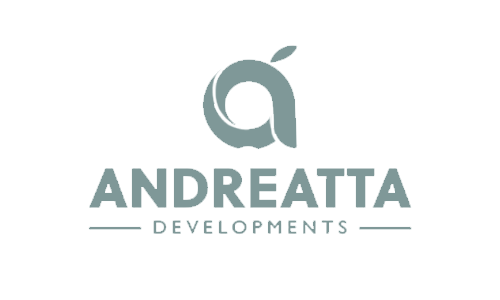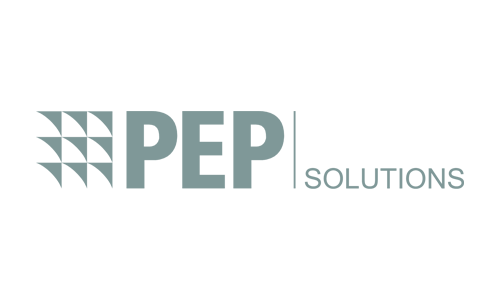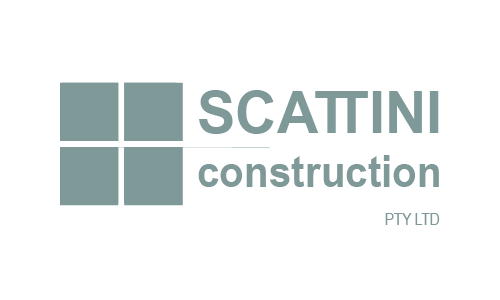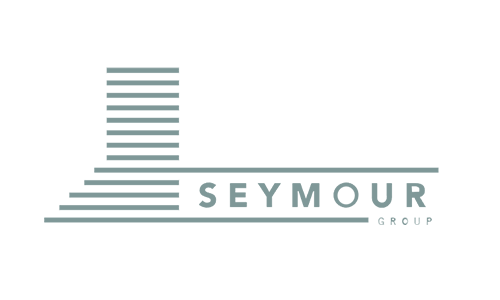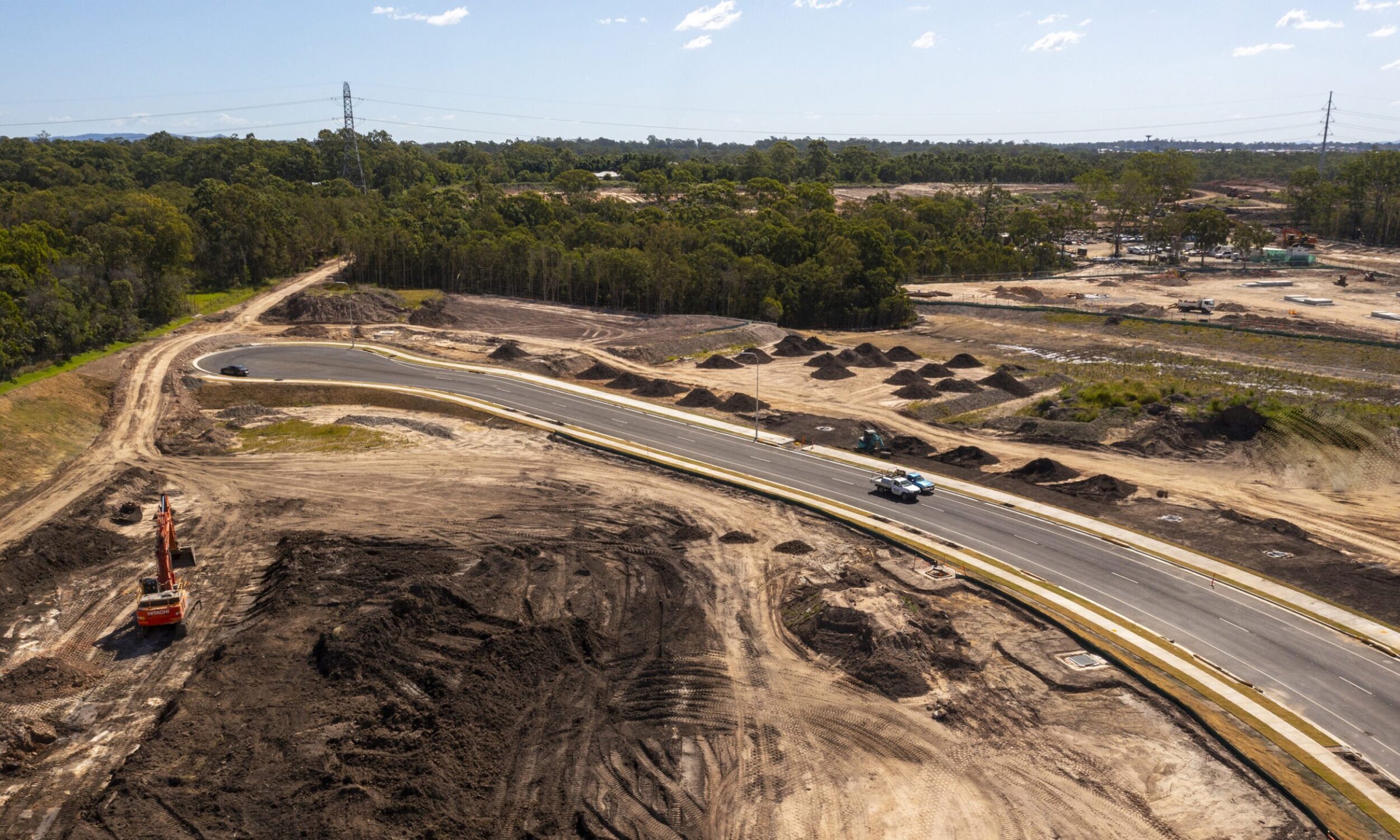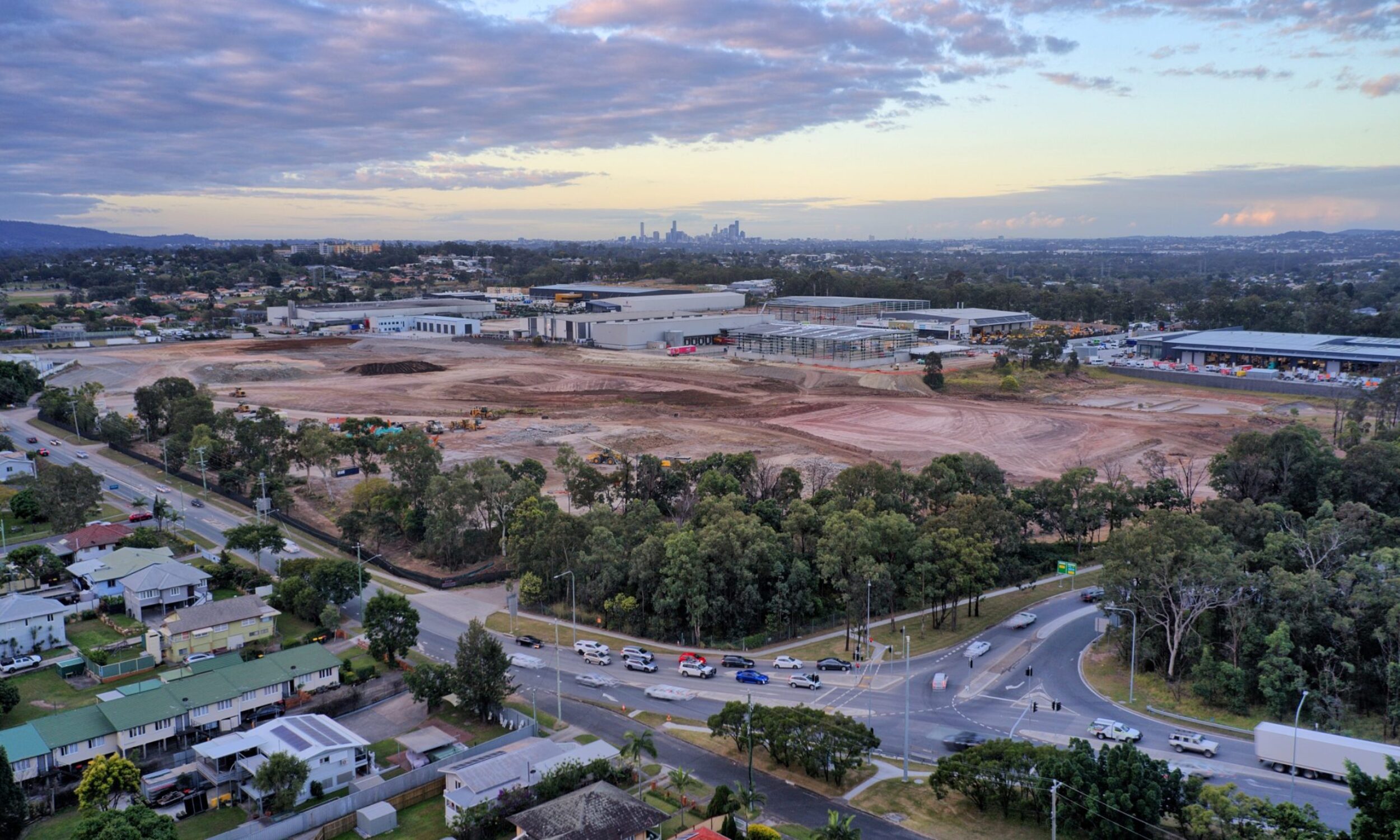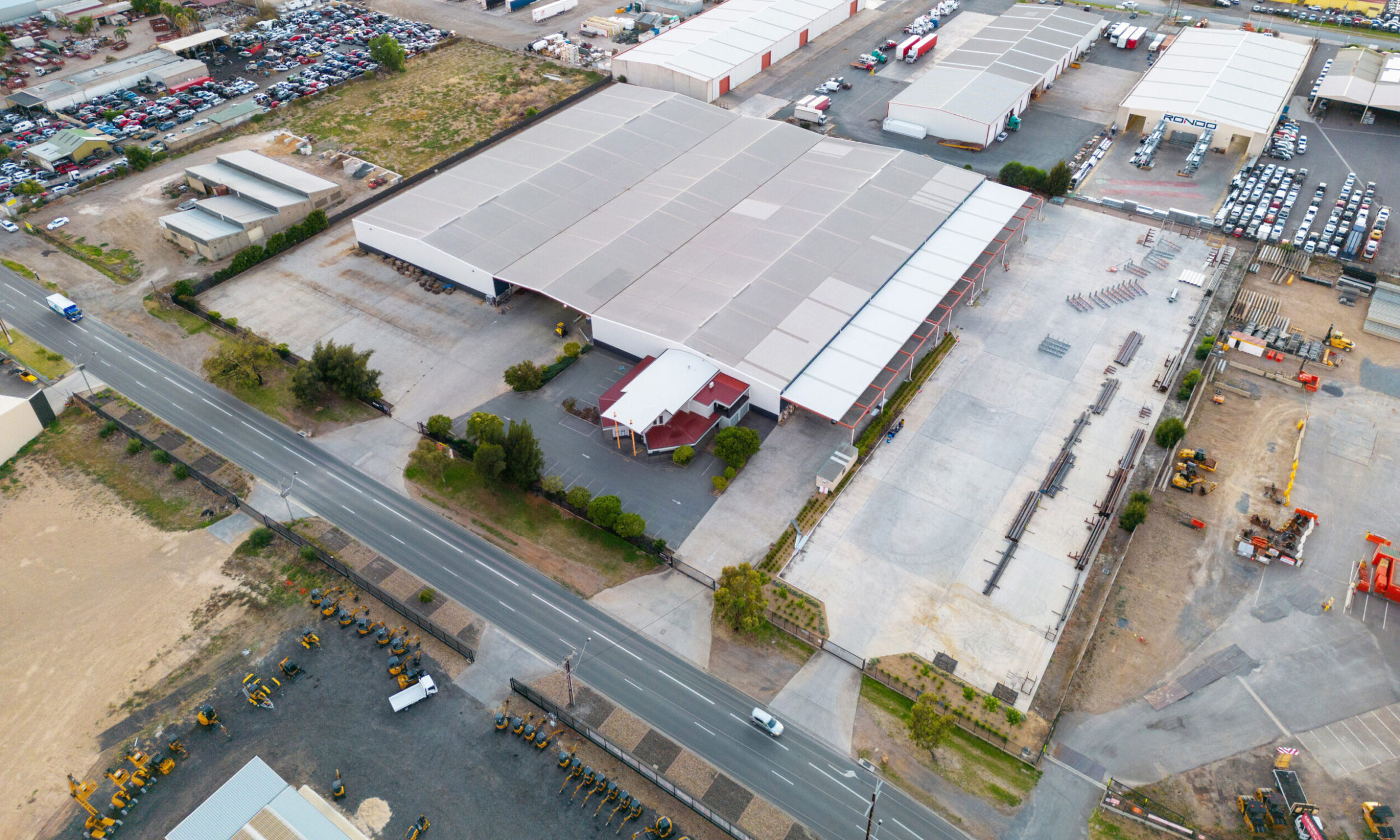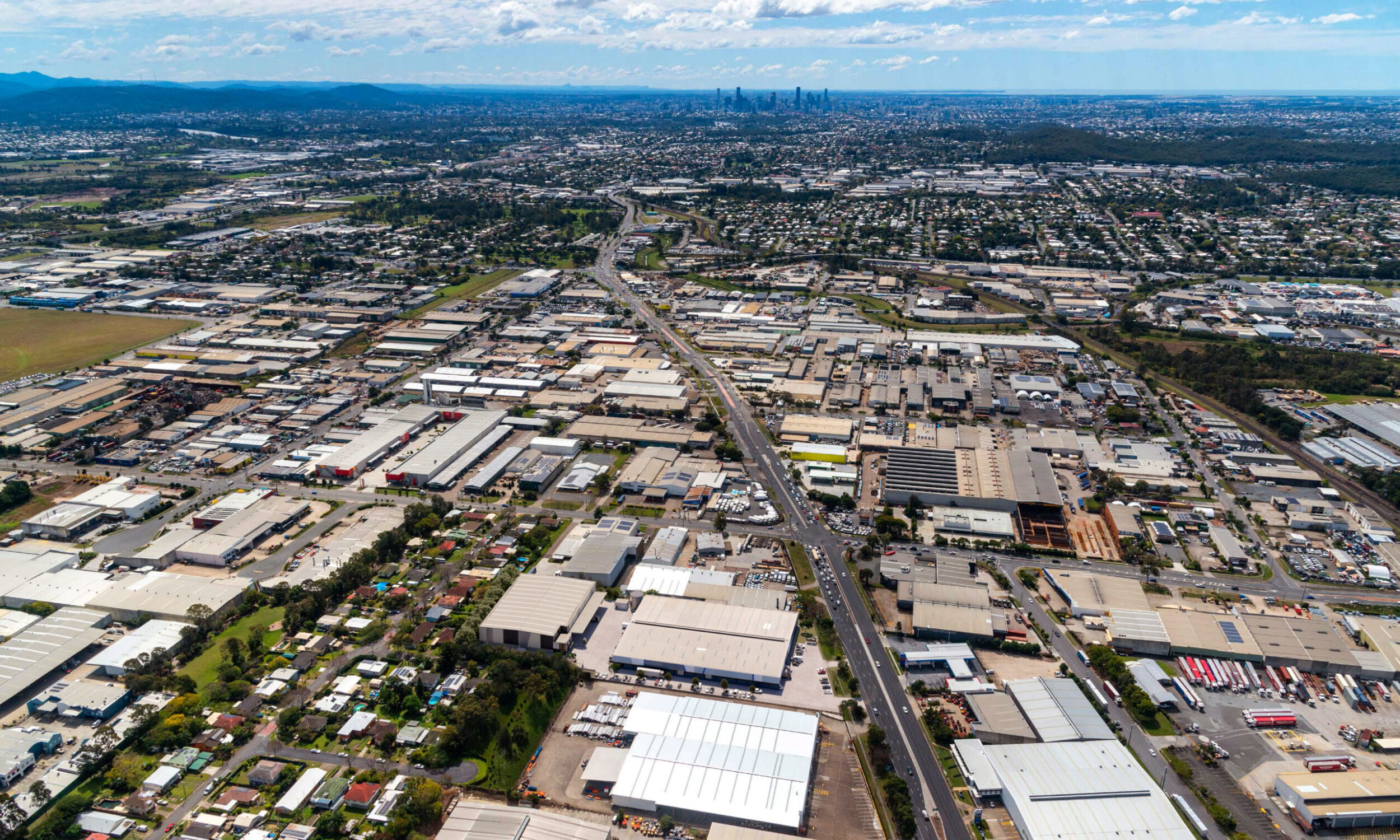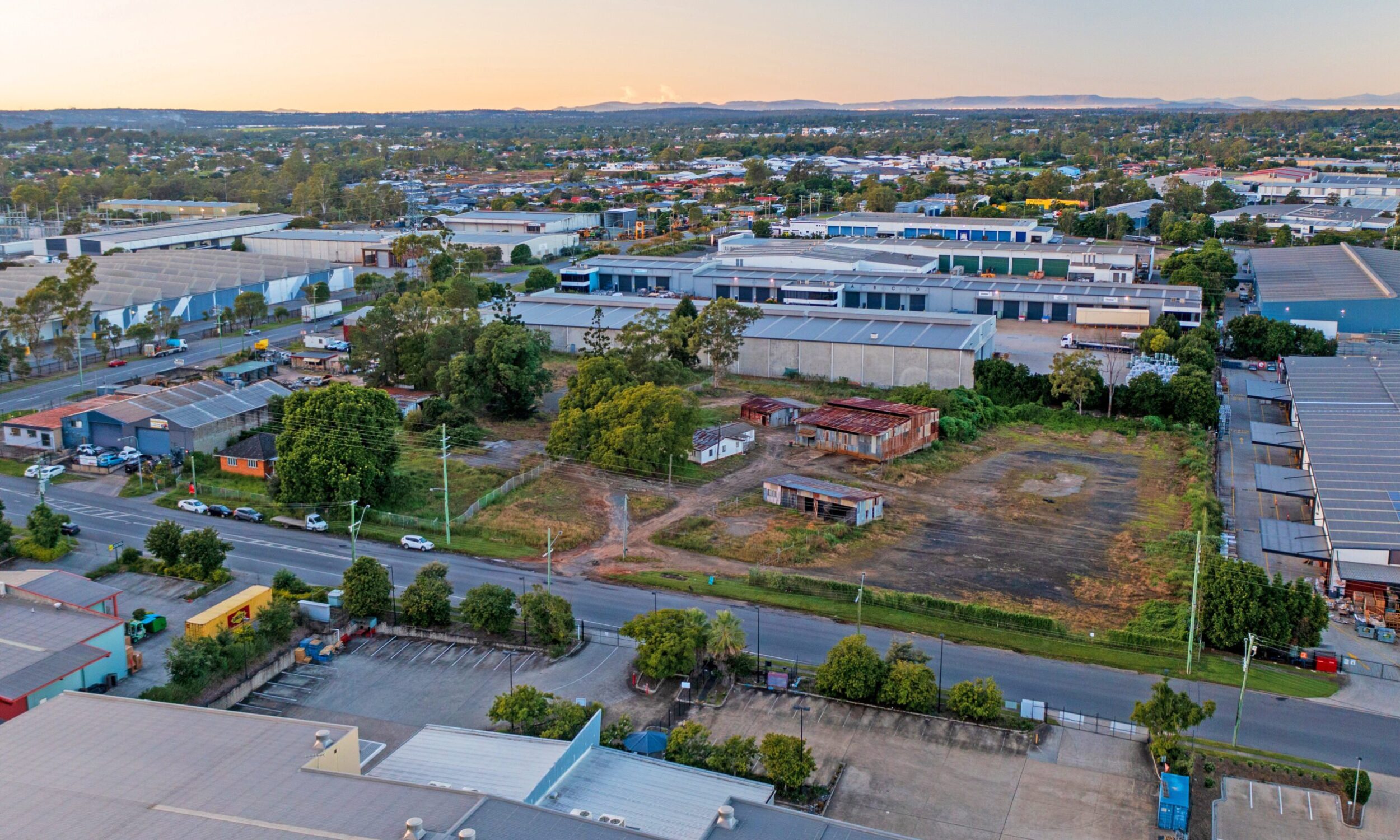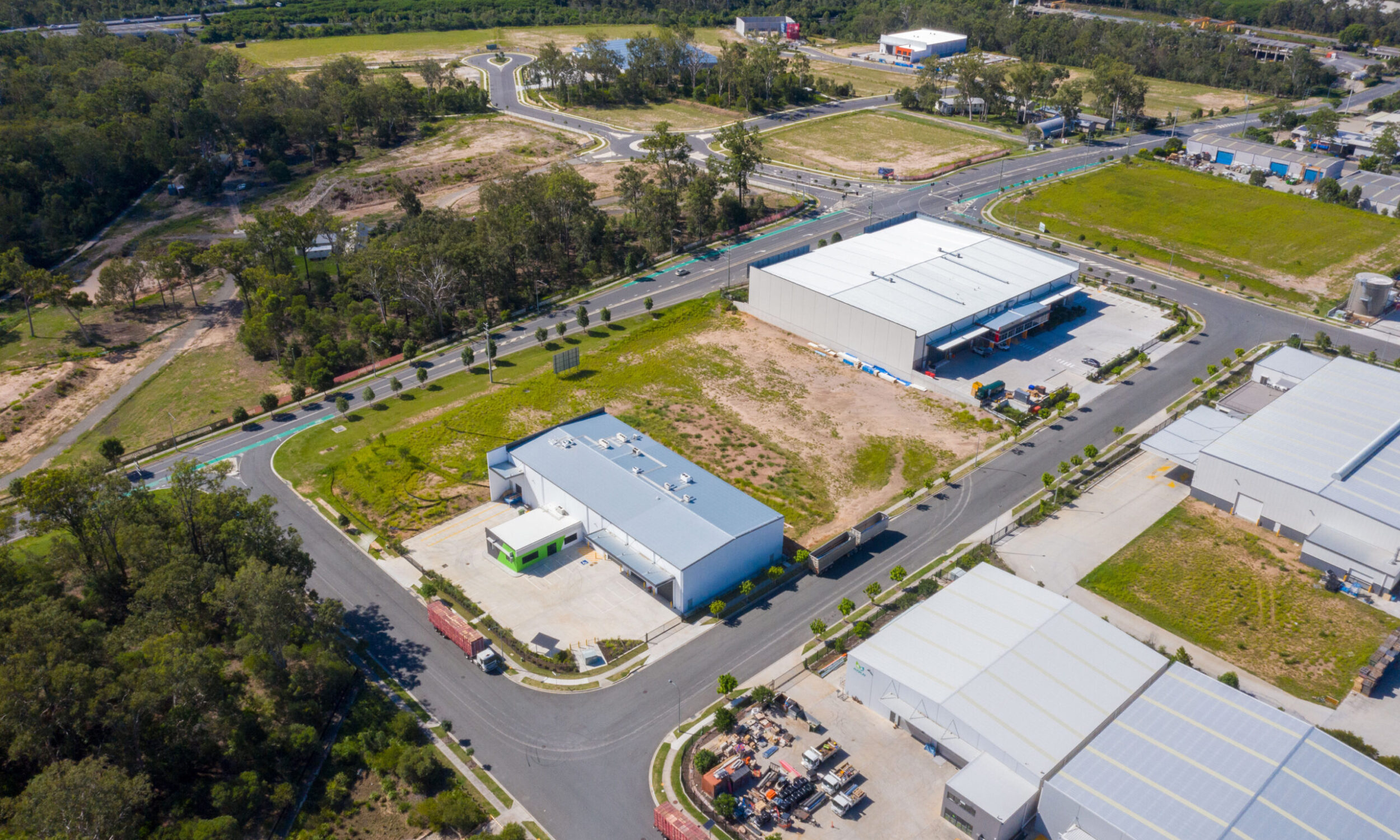nu .

Why Melbourne’s Industrial Market is One to Watch in 2025
As vacancy rates tighten and land supply dwindles, Melbourne’s industrial sector is standing out as one of Australia’s most resilient and opportunity-rich markets in 2025.
Vacancy is at record lows
Industrial vacancy rates across Melbourne have reached their lowest point in years. Tenants in sectors like eCommerce, food distribution, and transport are actively chasing space — but there’s not much available. Landlords are in a strong position, and the imbalance between supply and demand is showing no signs of slowing.
Vacancy across Melbourne’s west, north and southeast sits below 1%
Leasing activity remains strong across small, mid, and large-format warehousing
National and global occupiers are competing for limited stock
Industrial land supply unable to keep up with growing demand
Rental rates increasing across all major precincts
The western corridor continues to dominate
Melbourne’s western suburbs remain the powerhouse of industrial activity, offering scale, connectivity, and access to labour. The area has become the first port of call for freight, warehousing and logistics, and the volume of tenant interest continues to climb.
Key suburbs: Truganina, Derrimut, Laverton North, Tarneit
Major arterials: Princes Freeway, Western Freeway, and Western Ring Road
Ideal for freight, eCommerce, and food-grade warehousing
Strong developer activity but ongoing land constraints
Institutional investors showing sustained interest in the west
Infrastructure and freight access set it apart
A key strength of Melbourne’s industrial market is access — to ports, roads, rail, and customers. Major infrastructure projects are now coming online, giving tenants faster movement of goods and giving investors confidence in long-term demand.
Proximity to Port of Melbourne — Australia’s busiest container port
Road, rail and intermodal connectivity across western and northern corridors
West Gate Tunnel Project unlocking future travel and freight efficiency
Growth supported by state government freight and logistics strategy
24/7 operational capacity in key zones driving logistics demand
Rental growth is supporting investment
Rents are climbing across most industrial precincts, and it’s no surprise. With limited availability, quality tenants are securing leases early — and paying more for the privilege. For investors, that’s leading to improved cashflow and secure, longer-term returns.
Net face rents increasing by 15–25% year-on-year
Rental incentives tightening due to low supply
Longer lease terms being signed by anchor tenants
Prime-grade warehouse rents in the west and north leading the market
Yields remain competitive despite rising interest rates
Northern and southeastern corridors gaining momentum
While Melbourne’s west often leads the headlines, the north and southeast are gaining serious traction. These areas are becoming hotspots for manufacturers, trade services, and regional distributors — especially as land becomes harder to source further west.
Northern suburbs: Campbellfield, Somerton, Epping — driven by large-scale manufacturing and national distribution
Southeast suburbs: Dandenong South, Keysborough, Braeside — strong demand for warehousing and industrial services
Access to skilled workforce and established industrial infrastructure
Opportunities for strata industrial and small-lot development
Strong pre-lease activity for upcoming warehouse builds
Land supply is under pressure
One of Melbourne’s biggest long-term challenges is land supply. As industrial land is absorbed or rezoned for residential use, availability continues to tighten — especially close to the city. This scarcity is increasing values and pushing developers further out.
Key industrial precincts nearing capacity
New land releases often face long lead times and planning delays
Urban sprawl and residential growth pushing against industrial zones
Developers shifting focus to land banking and strategic acquisition
Future projects may face higher entry costs and tighter yields
What tenants are looking for in 2025
Tenant expectations have evolved. It’s not just about warehouse size anymore — it’s about efficiency, flexibility, and compliance. Businesses are prioritising operational layout, automation capacity, and sustainability when choosing a location.
Larger internal clearance and high-volume racking capacity
Drive-through and multiple roller-door access
Energy efficiency and solar-ready facilities
Access to major arterials and key freight corridors
Proximity to labour and residential catchments
Investor confidence remains strong
Even with higher interest rates and tighter lending conditions, the appetite for quality industrial property in Melbourne remains high. Investors are attracted to the sector’s consistent returns and low vacancy risk, particularly in prime locations.
Strong performance history and resilient leasing conditions
Lower vacancy risk compared to office or retail
Institutional-grade assets still trading off-market
Strong tenant covenants and long WALEs in key assets
Steady capital growth outlook through 2025 and beyond
In summary
Melbourne’s industrial market is outperforming most commercial sectors in 2025. With demand outpacing supply, infrastructure driving growth, and rents on the rise, now is the time for investors and developers to take a closer look.
Industrial vacancy below 1% across metro Melbourne
Western corridor remains a freight and logistics hub
Infrastructure upgrades driving long-term growth
Rental rates and yields staying strong
Land scarcity is underpinning future value
Ready to market your industrial site in Melbourne?
We work with developers, agents and owners to position industrial property for maximum exposure and return. From aerial 3D renders to interactive estate plans, our commercial property marketing services help you lease or sell faster — with the right buyers.
Explore commercial property marketing in Melbourne: See More >
Get a free quote
Whether you’re selling land, securing approvals, or launching a campaign — we’ll help you visualise it clearly and move faster to market. Fill out the form below and we’ll send through a free tailored quote for your next commercial or industrial development.













